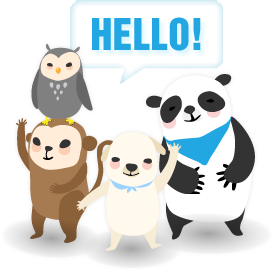I’m sure those of you reading this already know what a QR code is. Let us share with you some creative ways of using QR codes for your marketing campaigns.
QR codes don’t have to look boring like this:

Creative designs and colours can be used and the QR code will still work! Check out some cool designs below:

Familiar? You might have actually seen some of these around! Companies such as Coca Cola, Calvin Klein, Clinique, Ralph Lauren and many others already use QR codes in their marketing campaigns.
Here are more designs to inspire you:

For more, check out this link: http://mashable.com/2011/07/23/creative-qr-codes/#208896-Corkbin
After looking at all these awesome designs, you must be wondering what you can use a QR code for.
There are many uses to it, other than just linking it to a website. It all depends on your creativity and how you want to use it! Now, I’m going share with you 6 creative uses of QR code for marketing.
1. TESCO had an innovative campaign which turned the subway into a virtual store, where users can make purchases by scanning the QR code for each product, which will then be delivered to their home.
2. Victoria’s Secret’s QR code campaign. No description necessary.

3. Voting via QR code: Encourage customers to scan a QR code that leads to a website whereby they can vote for just anything.
Eg. Starbucks has printed QR codes on their coupon handouts and each time a customer scans the QR code, it will lead them to a voting page where they can vote for their favourite brew.

4. QR codes don’t have to be tiny! Have you seen giant QR code billboards? Eg. Daring Calvin Klein had their ‘Get it Uncensored’ version of racy ad in a form of QR code, hung up high in a billboard at Houston and Lafayette Street and many other venues in New York City, attracting thousands of curious passers-by to scan.

5. A walking QR code might be just as cool! Want more people to notice you during a conference event? Ran out of contact cards for clients? Why not ask them to snap a QR code that you are wearing and get all your personal information stored in their phone immediately?
Eg. Gushcloud Singapore, http://gushcloud.com/ puts a QR code on the back of the T-shirts they hand out at events, making every person wearing it a URL link!
6. Always having a long queue right outside your restaurants and not having enough menus to show all your customers? Place a QR code right in front of your restaurant for anybody to scan their own menu so that they can view privately while queuing. Save money on printing!
Come up with your own creative ways of using QR codes. Go to http://qropit.com/ and start building your own QR code campaign!
